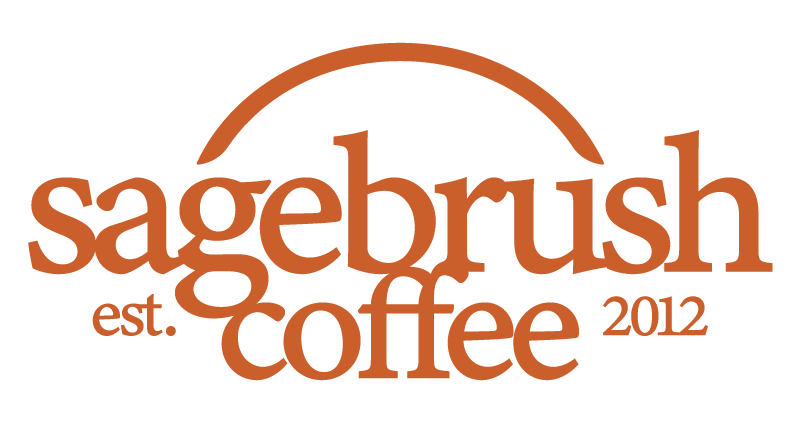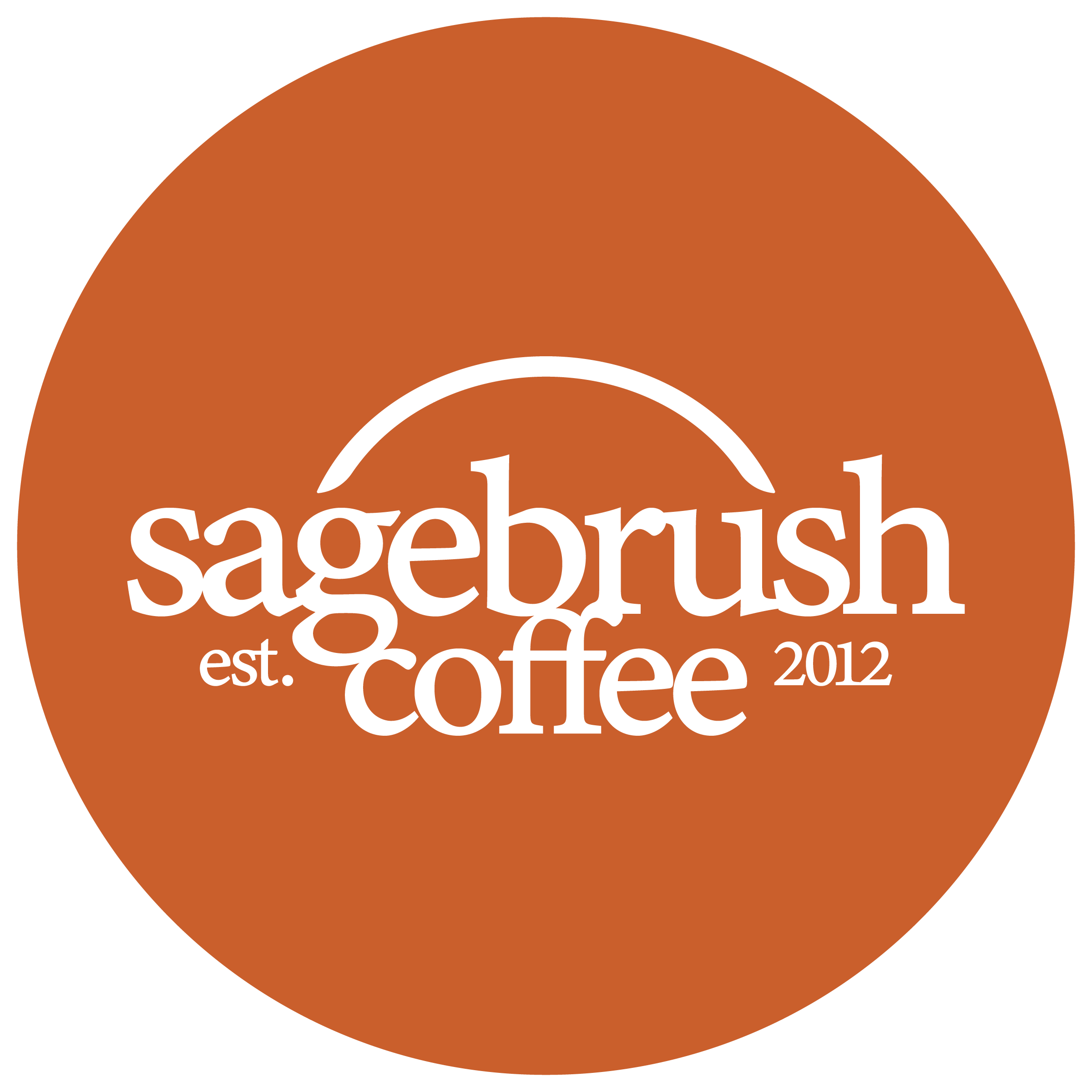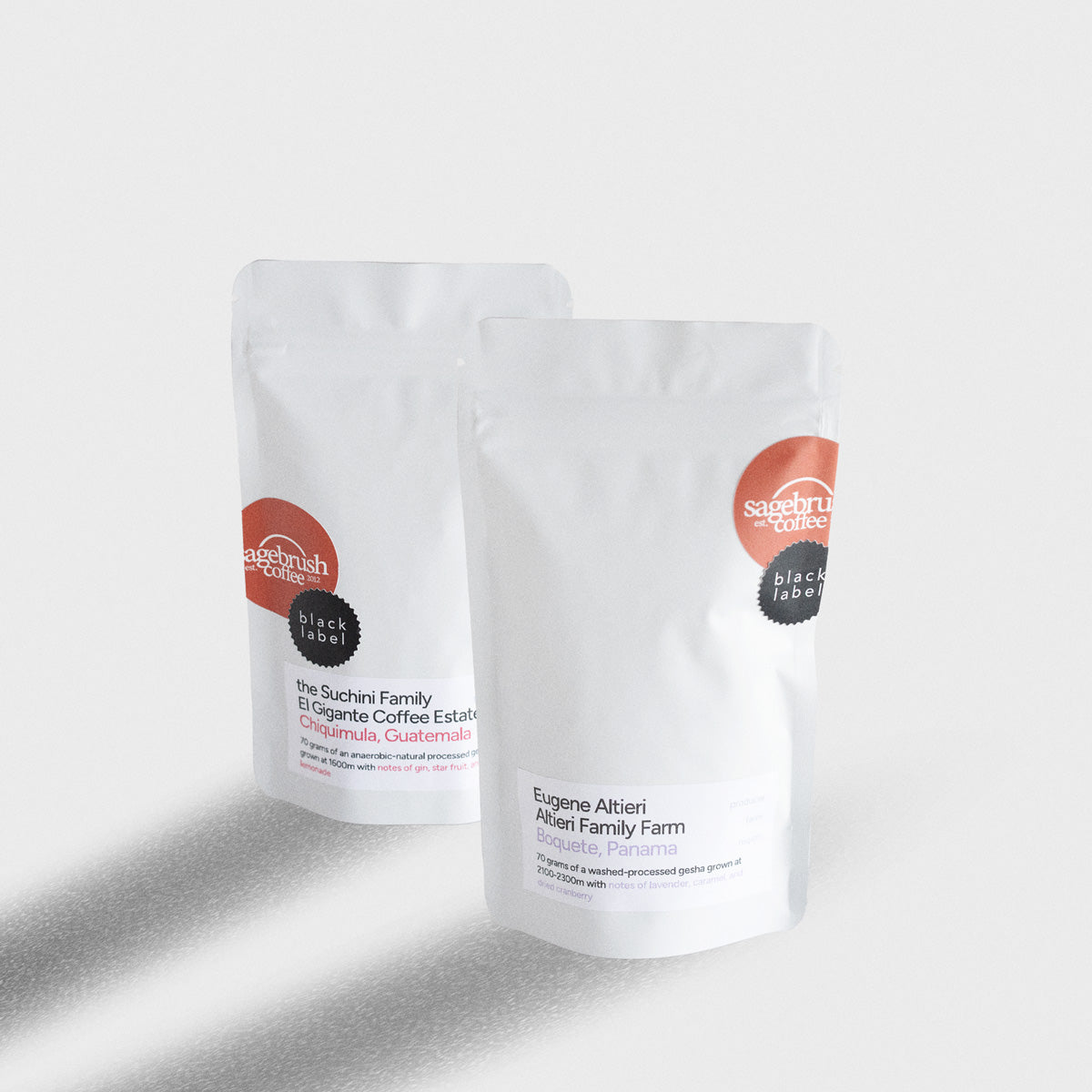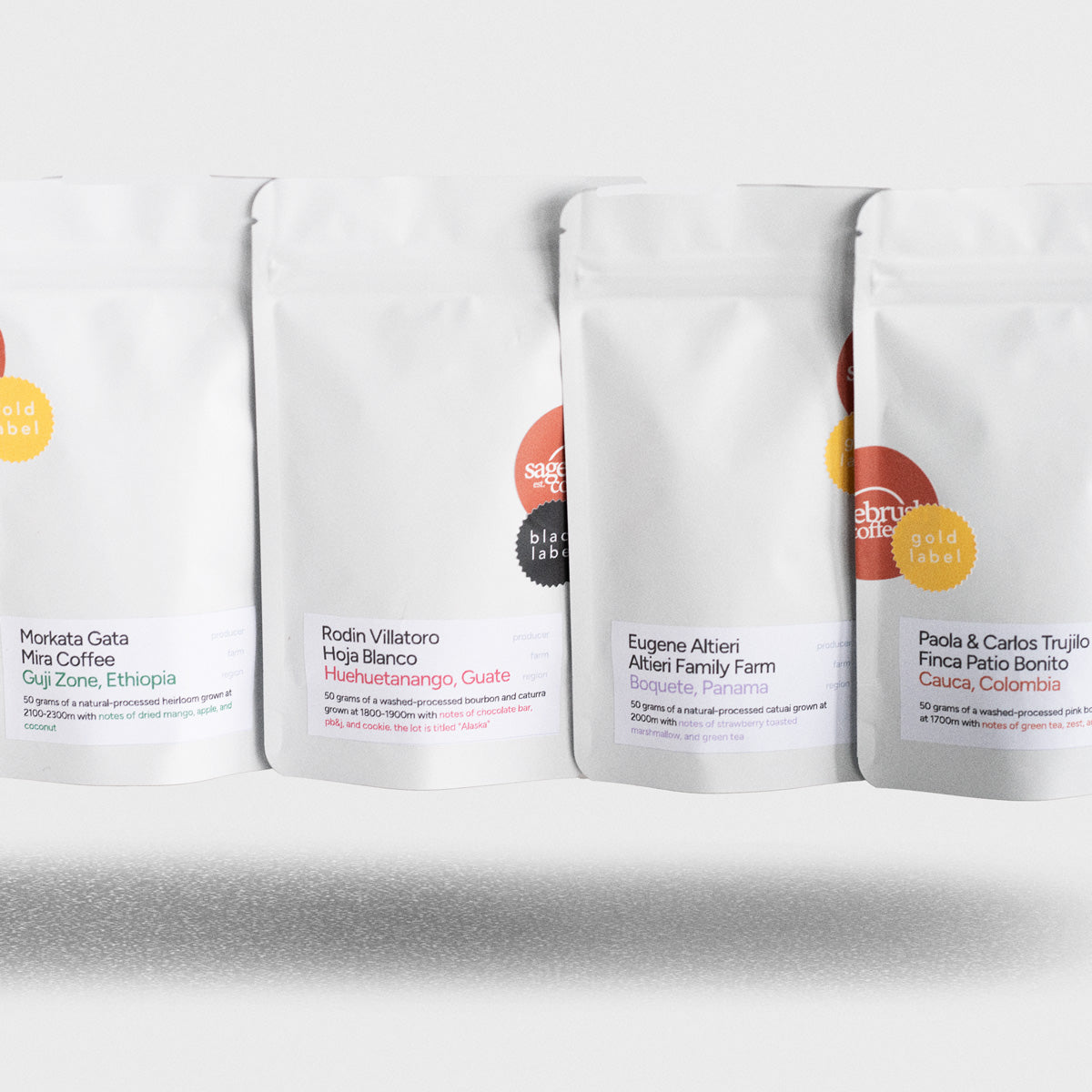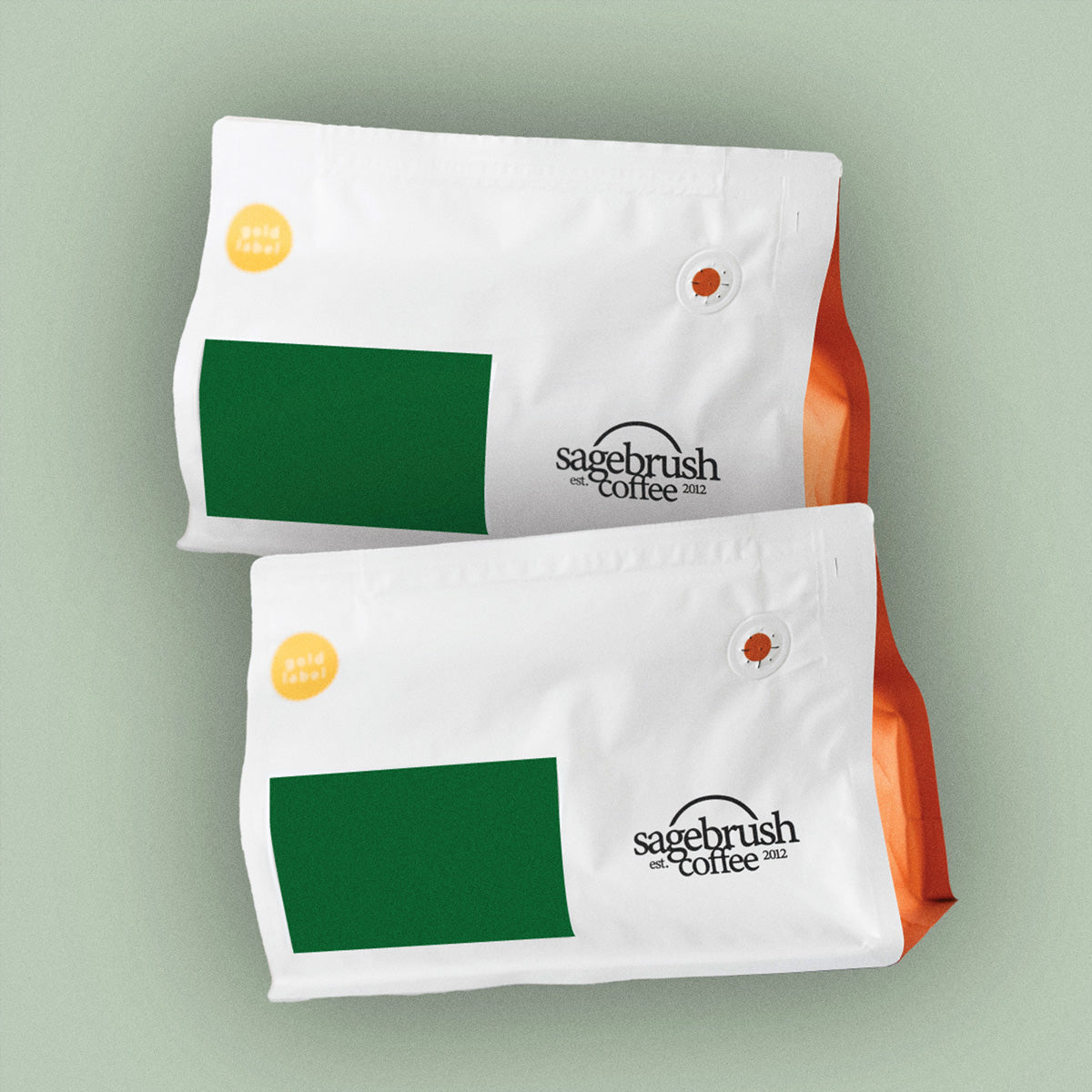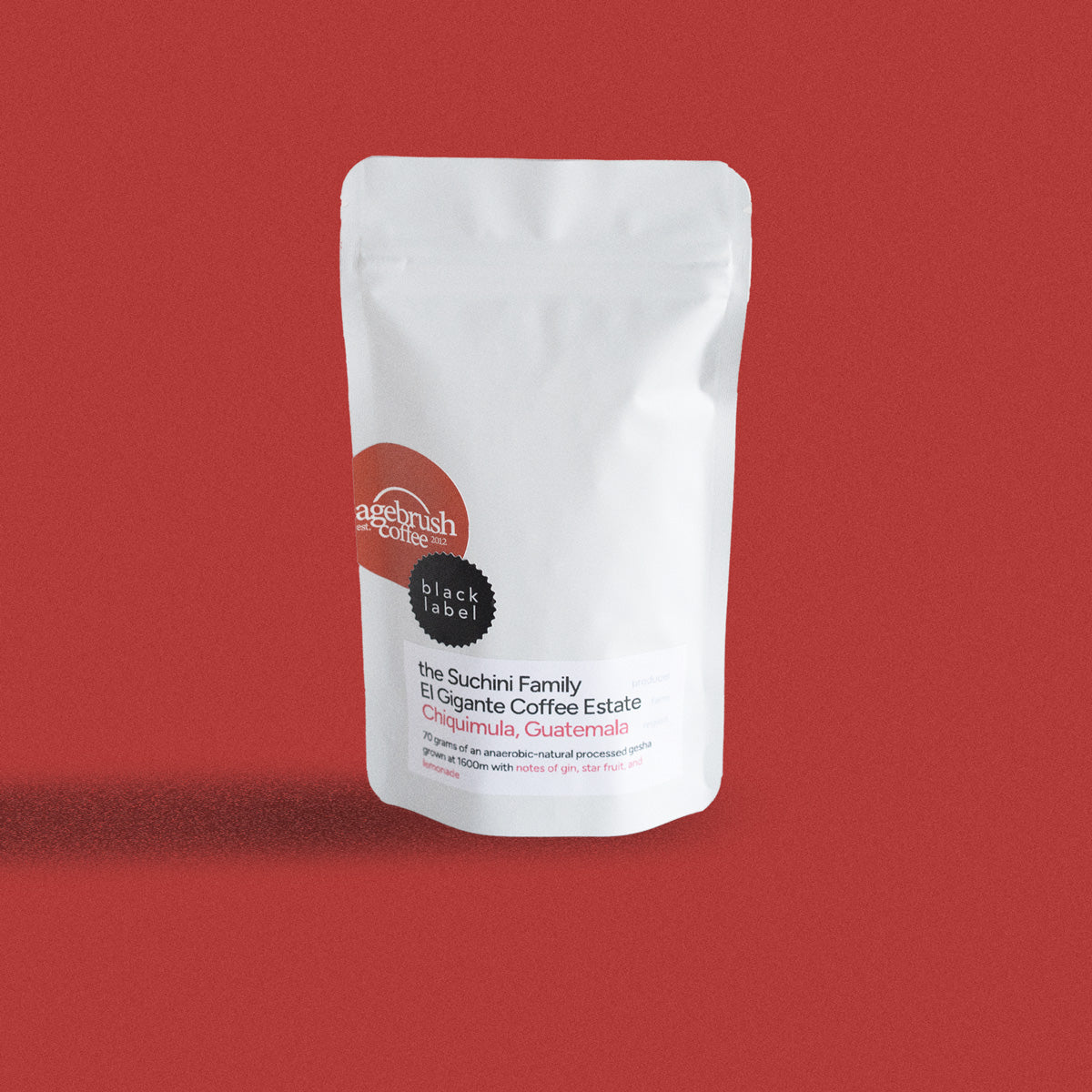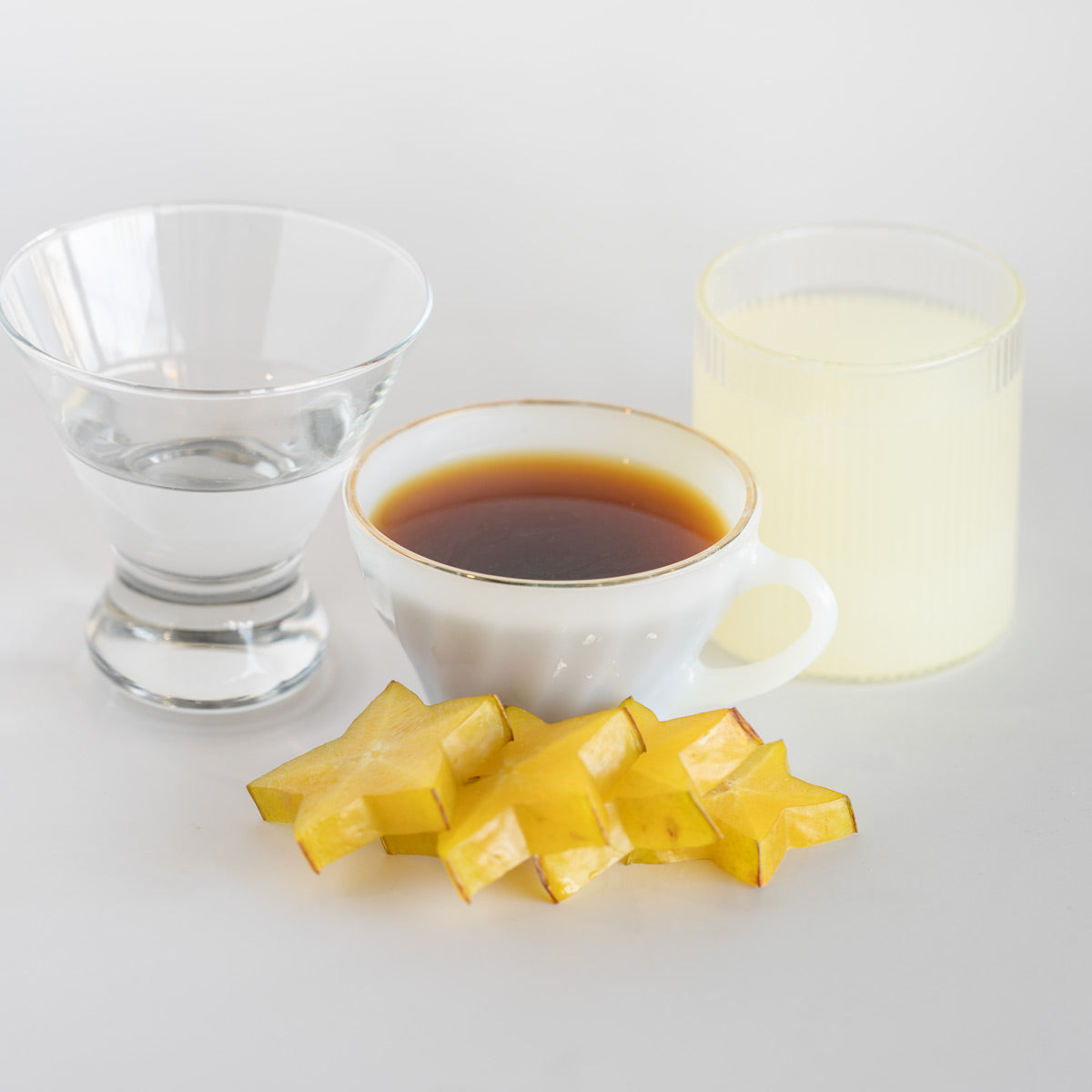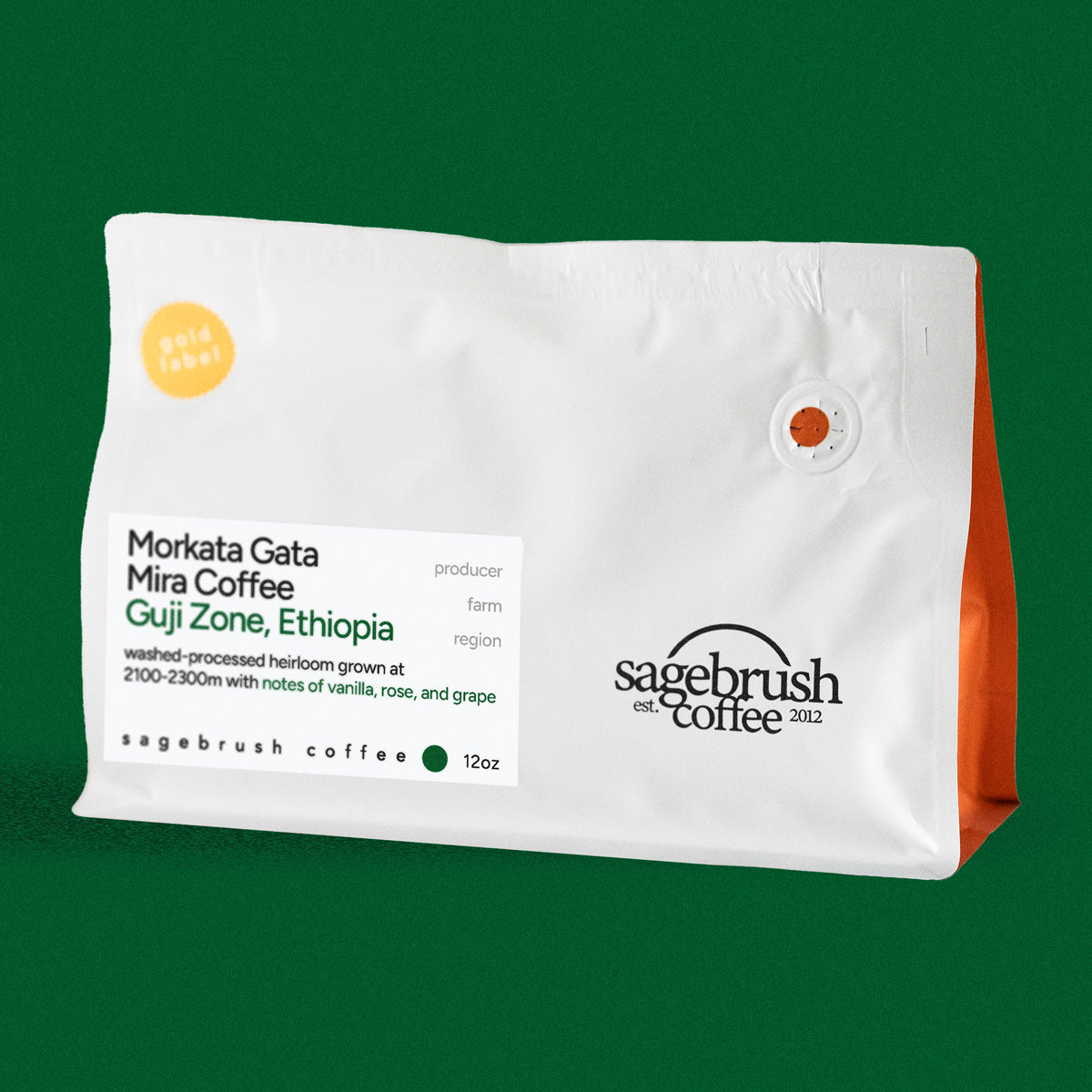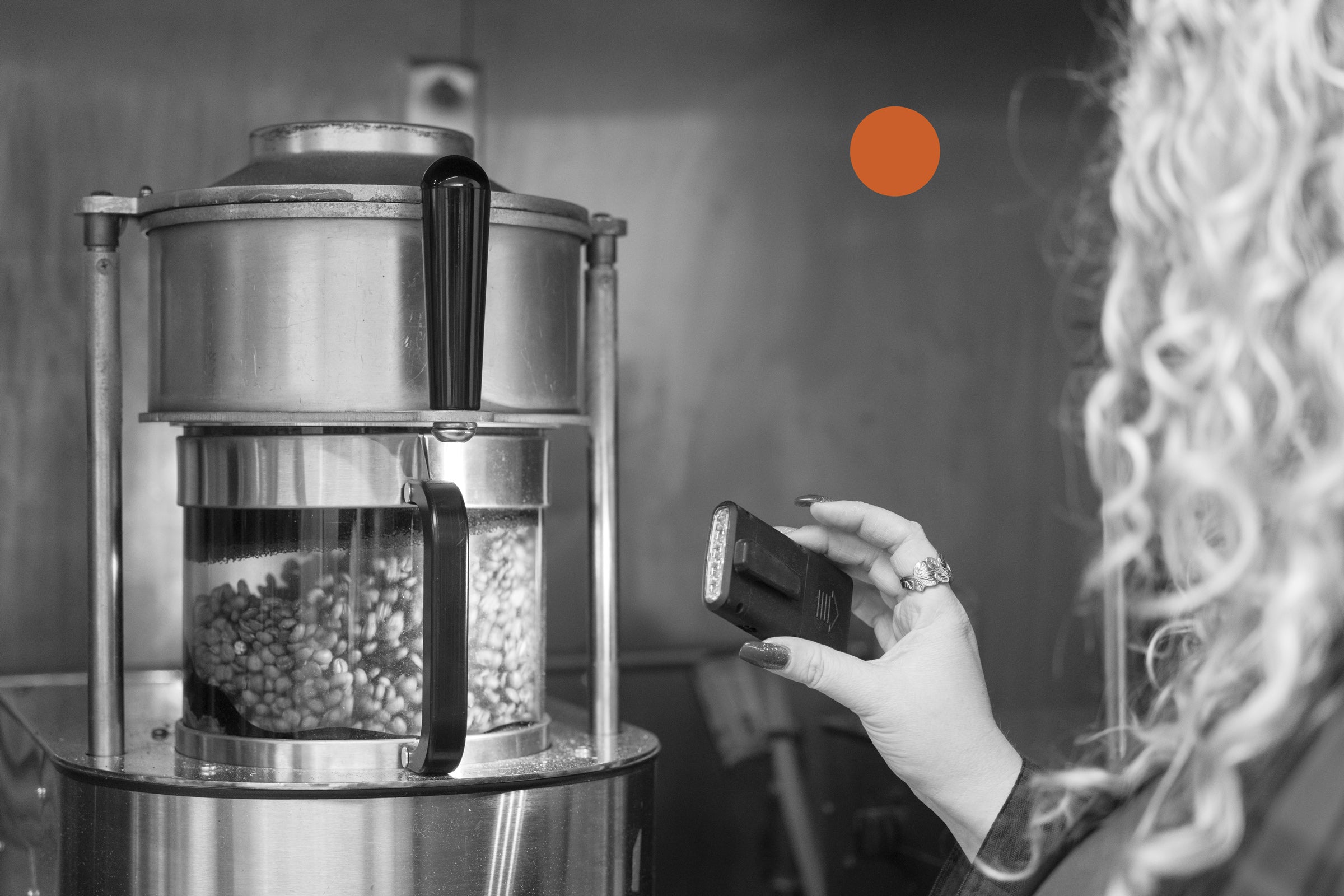
Although there has been much development and change in coffee grinder technology, some things never change. Grinding coffee was much like grinding spices, so the idea of crushing ingredients to extrapolate flavor is centuries old. Even now, if you travel to Ethiopia and take part in the Ethiopian coffee ceremony, the household matron will use her mortar and pestle and grind the coffee she will prepare and distribute among her guests. You can leave Ethiopia and still find mortar and pestles used today. You can visit modern kitchen and cutlery retailers and find a wide variety of mortar and pestles for purchase.
The Persians and Turks developed the very first spice grinder dating back to 1720. They were first known as mills and made from iron. The technology used was the same as that for grinding wheat. Since people used grinders often for different ingredients like spices, they were popular items and relatively easy to acquire, making them a standard household item. As time went and technology would advance, grinders became more precise instruments for specific foods and would later require electricity to function and provide more power.
The First Burr Grinders
Richard Dearman, a British blacksmith, invented the burr grinder, which uses two revolving abrasive surfaces separated by a slight distance to grind. When the revolving surfaces are closer together, the grind will become finer and small. Often, the device includes a revolving screw that pushes the food through. When it was first invented, it was only possible to use it manually. Now burr grinders are not always manual but powered with electricity. In 1798, the first American patent on an improved coffee grinding mill was granted to Thomas Bruff, Sr., a dentist, and inventor. It was a wall-mounted mill fitted with iron plates. It would grind the coffee between two circular nuts, three inches broad and having coarse teeth around their centers and fine shallow teeth at the edges.
Blade Grinder
A blade grinder, also known as a propellor grinder, is a machine that chops ingredients while mixing. It's a 20th-century innovation patterned after small boat propellors. As motor technology improved, more kitchen appliances became motorized, making grinders more accessible. The blade grinder doesn't have a long history like the burr grinder, but it has its place in the history of coffee. Blade grinders are often more affordable than burr grinders making grinding coffee at home accessible to a broader coffee drinking population.
Burr vs. Blade: Which is Better?
If you're looking for a better quality grind for your coffee, the burr grinder is recommended. The burr grinder provides a more consistent grind than a blade grinder. The blade grinder spins and cuts the coffee, which creates heat that may affect your coffee's flavor. You may not get all the flavor you want from your premium coffee with a less consistent grind.
Grinders have come a long way, but tried and true practices have remained for centuries. At Sagebrush, we love to show the work from those that have come before us. Their innovation and pioneering spirit set the foundation on which we stand. Take a look at our grinder offerings, so when you grind your Sagebrush coffee at home, you can get the most flavor possible.
Shop Our Favorite Selection of Grinders
